The USS Abner Read was a Fletcher-class destroyer with a crew of three hundred men. Laid down in 1941, she saw action in the Aleutian Islands and at the Battle of Leyte. On 18 August 1943, while hunting Japanese submarines off the Aleutians in the middle of the night, she struck a mine and lost her entire stern section.
Seventy men were lost in the icy Bering Sea. The oil spillage from the aft tanks made immediate rescue almost impossible.
A boat was put into the water, and twenty survivors were eventually pulled from the sea along with one dead man. The Abner Read began to drift, and the crew feared that they might strike more mines or run aground on Kiska Island.
The destroyer USS Bancroft arrived and was able to tow Abner Read away from any immediate danger. The next month was spent making various emergency repairs in small Alaskan ports.
She was finally towed to Puget Sound, in the state of Washington, and put up on keel blocks on October 7.
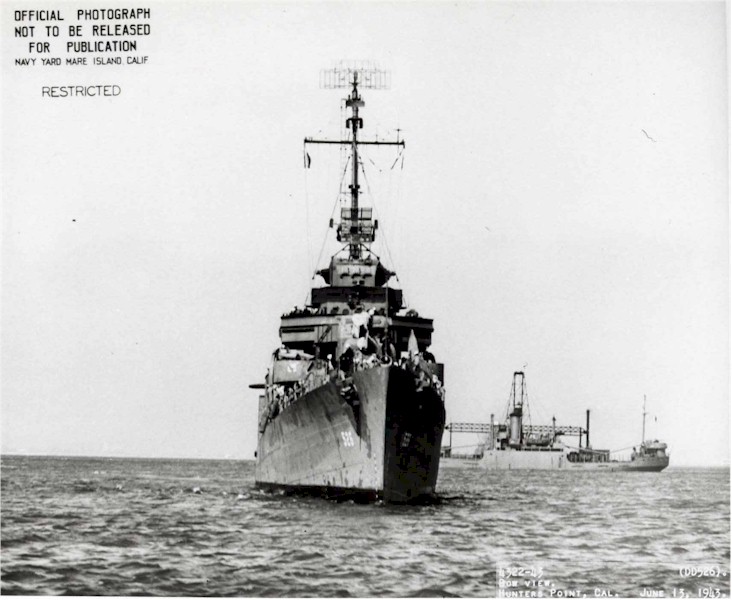
After being repaired, Abner Read next saw action in the bombardment of Hollandia in the Pacific on 22 April 1944, and subsequently provided support in a number of actions before arriving in Leyte Gulf.
On November 1, the Japanese began a wave of kamikaze attacks, and an Aichi D3A dive bomber attacked Abner Read. Although the ship’s gunners shot a wing off the aircraft, it was too late: a bomb went down one of the ship’s stacks and exploded in the aft engine room.
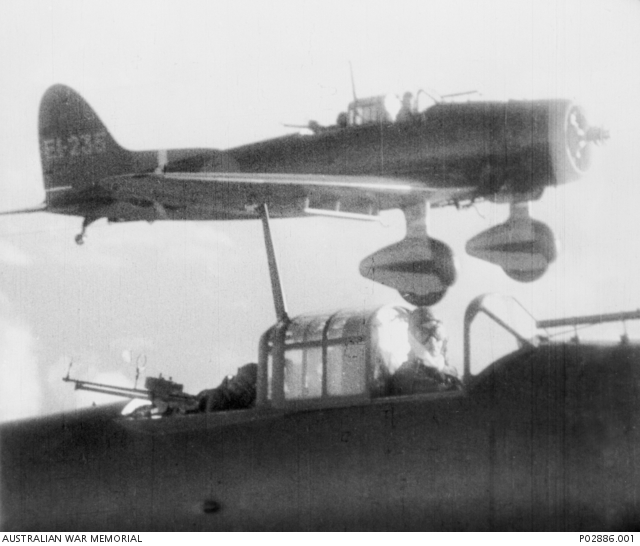
The plane crashed onto the deck, spreading flames across the entire aft section. A subsequent explosion caused the ship to list before sinking stern first. All but twenty-two of her crew were rescued.
One man who survived both incidents, Daryl Weathers, said he was surprised researchers had been able to find the original, sunken stern of the Abner Read. “That’s the end of the world up there,” said the 94-year-old veteran.
He confirmed how hard it had been to get his shipmates out of the water after the 1943 explosion. “They were slippery, and you couldn’t keep a hold of them,” he said.
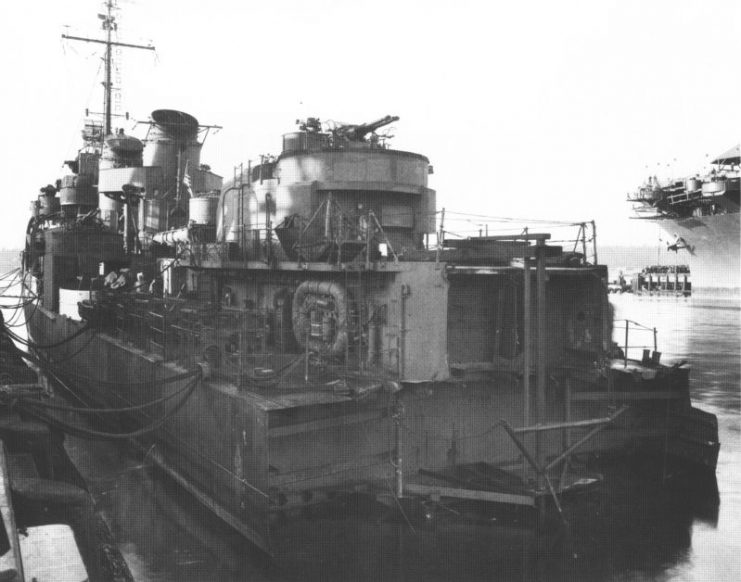
Weathers was on radar watch that night while the ship did figure-eights at about five knots of speed. Where the mine exploded was close to where his bunk had been, so being on duty saved his life.
The following year, he was almost killed when the kamikaze aircraft hit the ship. The impact knocked him out and when he came to, he discovered that everything around him, including himself, was on fire.
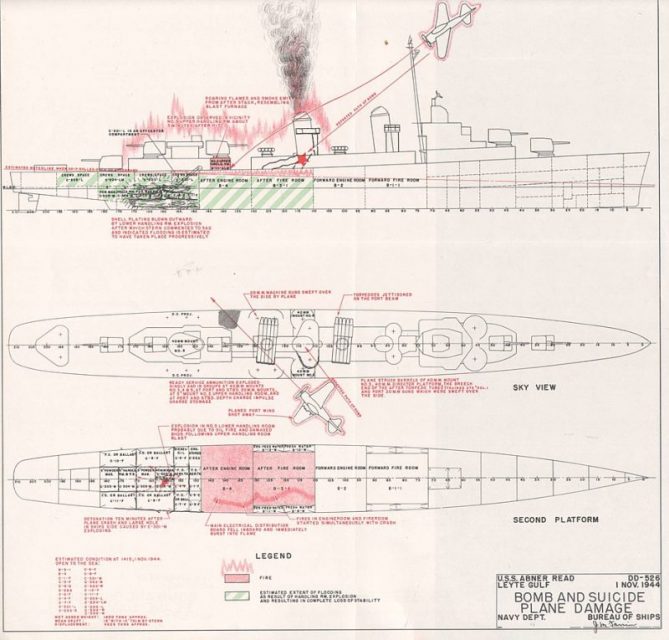
One shipmate gave him morphine while another gave him a life jacket. Recovery entailed seven months of hospital treatment, and then Weathers was sent aboard another ship until the end of the war.
Seventy-five years later, the news has come from Project Recover, a search team funded by the National Oceanic and Atmospheric Administration, that the remains of the stern—thought to be the final resting place of the seventy missing crew men—has been located.
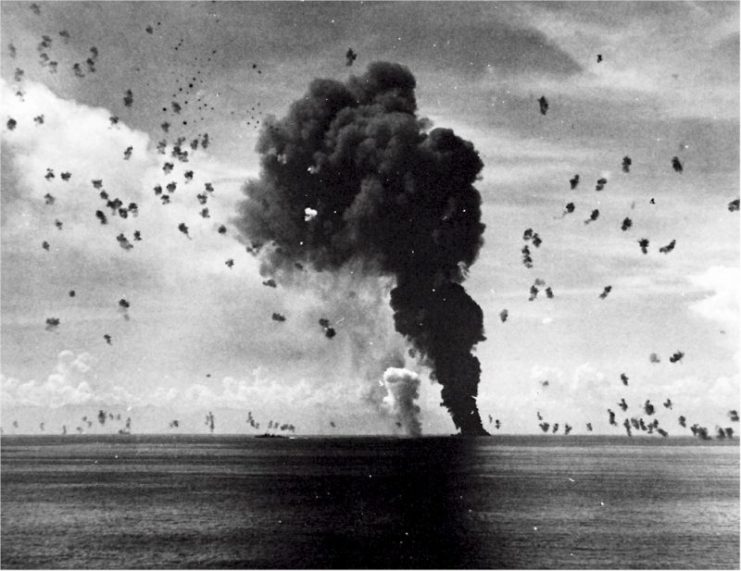
The general area was not in doubt, but the exact location had never been precisely mapped. The search team used sonar to locate the stern and then sent an unmanned vehicle to the sea bed to examine the remains.
What they found was a section of the ship some seventy-five feet long and eighteen feet high. It had been completely colonized by sea life, but its shape was unmistakable. Researchers were also able to make out rudder control equipment and one of the ship’s Mark 12 5”/38 caliber guns.
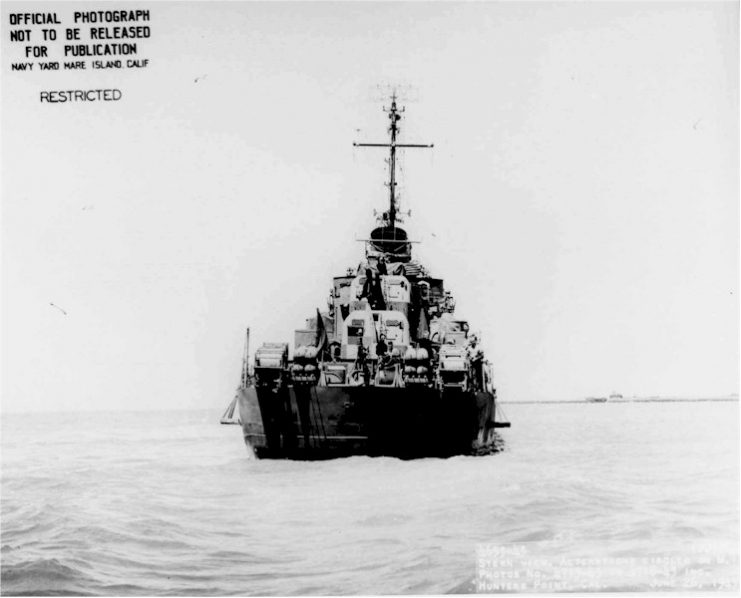
Read another story from us: The Historic USS Ticonderoga
The co-founder of Project Recover, Mark Moline, said in a statement, “New sensors and improved underwater robots that can bring back real-time images are driving new discoveries.”
Paul Taylor of the Naval History and Heritage Command said, “The Navy has a long standing tradition that sites like these are a fit and final resting place for those who perished at sea. It’s a war grave and we treat it as such.”
